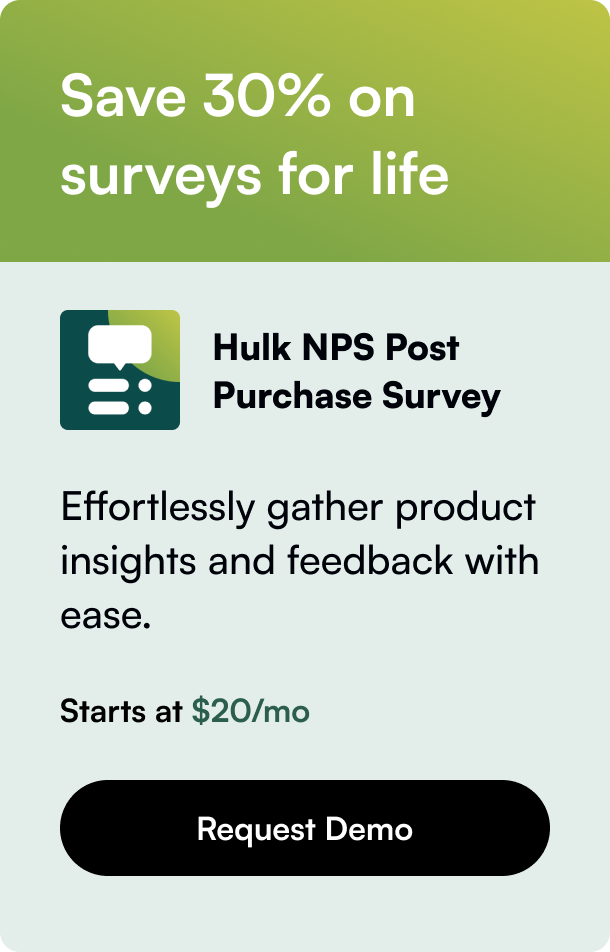Table of Contents
- Introduction
- ShipStation and Shopify Shipping: A Close-Up View
- Balancing the Scales: Functionality vs. Simplicity
- Financial Aspects: Cost-effectiveness and Discounts
- The Verdict: Tailoring to Your Business Needs
- Frequently Asked Questions
Introduction
Have you ever found yourself staring at the shipping stage of your e-commerce business, wondering which service to employ for seamless and efficient delivery? ShipStation and Shopify Shipping are two giants in the shipment and logistics arena, especially for e-commerce platforms. Picking the right one could be the crucial step that propels your business towards exponential growth. Two questions may cross your mind: "Which service suits my business needs?" and "Could the choice of shipping partner make or break my customer satisfaction?" In this post, we will delve into an extensive comparison between ShipStation and Shopify Shipping to help you make an informed decision.
ShipStation and Shopify Shipping: A Close-Up View
ShipStation's Prowess: Catering to the Big Players
Recognized for supporting larger businesses that operate across multiple channels, ShipStation is the shipping solution that seems to shine when complexity knocks on the door. Intrinsically, it's a stand-alone shipping platform which integrates effortlessly with market giants like Amazon, eBay, Etsy, and Walmart, beyond the e-commerce site frontier. Additionally, its systematic prowess in automation means you can do more with less—setting preferences tactfully across various parameters such as order weight, designating shipment services, and even customizing international shipment processes.
But with great power comes a steep learning curve and a price tag. While ShipStation boasts sophisticated tools for handling complex shipping scenarios, smaller enterprises might find the interface daunting and the features—largely underutilized. Moreover, the cost could be a deciding factor for fledgling businesses weighing the benefits against investment.
Shopify Shipping: The One-Stop Solution for Seamlessness
Shopify Shipping, on the other hand, is available right within your Shopify account, offering a straightforward, intuitive experience that is hard to overlook. The all-in-one aspect is perhaps its most captivating quality. By relocating the shipping process to where you manage your storefront, it reduces the hassle of juggling between platforms—further enhancing your order fulfillment efficiency. For instance, the in-house label printing feature lets you skip those long post office queues, and features like bulk order fulfillment and scheduling pickups with UPS, USPS, and DHL Express are just a few clicks away.
Shopify's native tools come with every Shopify plan, meaning no added fees for unlocking additional functionalities—a definite boon for startups and small businesses. Nevertheless, the limited access to carriers compared to ShipStation’s extensive network could be a hurdle for companies looking for a specific carrier partnership.
Balancing the Scales: Functionality vs. Simplicity
Choosing between ShipStation and Shopify Shipping could essentially boil down to the scale of your operational needs and your preference for convenience. ShipStation provides unmatched intricacies—for instance, announcing real-time alerts that can decisively affect your operational smoothness and customer satisfaction. On the contrary, Shopify shipping aims for a simplified, in-platform experience—apt for newcomers or those operating on a smaller scale.
Financial Aspects: Cost-effectiveness and Discounts
When finances enter the equation, both services offer discounts—up to 88% with Shopify's partnerships with USPS, UPS, and DHL Express, and similar or variable discounts with ShipStation. However, the inclusive nature of Shopify's cost model, baked right into your current plan, provides an attractive value proposition for cost-conscious businesses. ShipStation, while presenting its own set of tiered payment plans, may introduce you to higher echelons of shipment handling without disruption—but at a premium.
The Verdict: Tailoring to Your Business Needs
While each solution sways with its pros and cons, the ultimate choice is dictated by your primary needs. Bigger businesses grappling with multi-channel sales might lean towards ShipStation's advanced repertoire. Smaller ventures contented with their Shopify ecosystem would appreciate the ease of use, affordability, and integrated setup that Shopify Shipping offers.
Frequently Asked Questions
Q: Does ShipStation integrate with Shopify? A: Yes, ShipStation can be integrated with Shopify, allowing users to streamline their shipping processes across multiple channels.
Q: What features should I consider when choosing between ShipStation and Shopify Shipping? A: Consider the scale of your sales channels, the availability of carrier options, the level of automation required, pricing structures, and the simplicity and integration with your e-commerce platform when deciding.
Q: Can you automate international shipping settings with both platforms? A: Yes, both ShipStation and Shopify Shipping provide options for automating international shipping settings, though ShipStation offers more advanced features in this regard.
Q: Would switching to a new shipping solution impact my existing order workflow? A: Switching to a new shipping platform may necessitate changes to your current workflow. Ensure the new platform complements your business needs without causing significant disruption.
In conclusion, your decision should be rooted in the practicalities of your day-to-day e-commerce operations. Ultimately, commitment to customer satisfaction through adept delivery is the shared ground both services tread upon, albeit via distinct paths carved for diverse merchant archetypes.
Partner with the best SEO agency for your growth.









